On June 30, 2020, during a night training mission, F-16 pilot First Lieutenant David Schmitz damaged his landing gear striking an antenna array as he attempted to land at Shaw Air Force Base. The 32-year-old Air Force pilot was nearing his 100th hour in the fighter jet. He was unable to make the cable arrest recommended by the tower and his ejection seat failed as his wing hit the runway. His wife, Valerie Rudolph, survives him. We are all David Schmitz in one fashion or another.
The Covid-19 pandemic sidelined many aviators. According to Reuters, over half of the world’s airline pilots ceased flying during the pandemic. However, the number of piston aircraft flights increased by more than 40 percent. According to AOPA, the number of training hours increased in places like Aero Atlanta Flight Center by an estimated 22 percent. If you weren’t one of the pilots getting some training, or if you hung up your spurs for the duration, it’s likely your skills can use some polishing.
METAMORPHOSIS
As we begin to climb out of our Covid-19 cocoon and get back in the air, we need to keep three things in mind, in addition to, you know, how to fly. First, there are a lot of low-hour, new pilots in the sky with us. Second, we may have rusty skills we need to brush up on before we buzz off to see the grandkids in Wichita.
Third, we also may now own a new and unfamiliar-to-us aircraft: Sales in the U.S. last year increased by 33 percent for pre-owned piston aircraft, according to the latest statistics from the General Aviation Manufacturers Association. Although aircraft sales were down overall, piston airplanes saw a significant uptick as the pandemic continues to exert its influence on various markets.
This has several implications for the general aviation pilot. Many of us simply stayed home and are now rusty and trying to return to flying. Meanwhile, a significant number of new aviators received training and their pilot’s certification as homebound workers took to the skies and used the forced quarantine time as an opportunity to learn to fly. Bravo! But all of this may still leave us in a scenario of unfamiliarity, lapsed skill sets and badly needed training.
And it’s not just general aviation facing this dilemma. First Lieutenant Schmitz died as a result of Covid-19-restricted training, underscoring that, to paraphrase FAA guidance, training and proficiency demand recency and frequency. And air carriers around the world have found themselves in a pandemic-related bind as the mid-2021 increase in air travel demand found them short of qualified pilots.
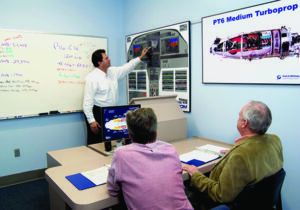
Perhaps the smartest way to get current again as our pandemic recovery continues is to schedule some time with your favorite instructor. He or she may have a curriculum in mind, but most such training begins with an evaluation flight, allowing the CFI to assess where you are and what you need most. Of course, flying the evaluation itself is part of the process. Some other things to consider might include:
Higher Minimums?
Even if you’re legal and current, it might have been a while since you tackled, say, a short turf runway or widespread low IFR with thunderstorms. While a proficient pilot should be able to handle both challenges, that may not describe you. Until you feel more confident, don’t plunge into anything you may regret.
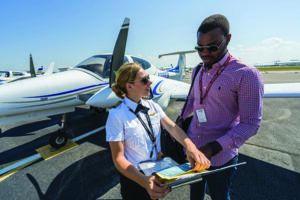
Bite The Bullet
One way to ensure that you regain your proficiency and meet or exceed the requirements is to make it all legal: Get a flight review and/or an instrument proficiency check. It’s unlikely you’ll get through both hoops on the same flight, but that’s okay, since every hour you spend at either helps get you where you want to be.
Ride Shotgun
The buddy system works. You may have a pilot-friend in a similar situation or, better yet, one who’s been able to maintain proficiency. Regardless, riding along and/or serving as a safety pilot will expose you to a few things you may have been missing and can’t hurt. — J.B.
RISK CALCULATION ERRORS
“Muscle memory and learning, and learning and repetition is incredibly important,” retired Gen. Herbert “Hawk” Carlisle remarked in an interview with the Military.com site when referencing Schmitz’s accident. According to the site, flying hours for Air Force training overall had been reduced as a result of Covid-19. Specifically for Schmitz and his situation, there was an error in the risk calculation involving the reduction of his training hours and the addition of nighttime maneuvers. Covid-19 restrictions had reduced his training hours in the two components that Schmitz was executing—in-flight fueling and suppression of enemy air defense training simulations. Schmitz had no prior experience in either due to restricted access as a result of Covid-19 limitations, and yet the training maneuvers commenced at night. As one result, he failed the refueling maneuver.
We all recoil in horror at the tragedy of losing this young aviator. Yet it has a cautionary tale for the rest of us, even if we don’t fly an F-16 in demanding scenarios. His flying hours had been severely limited during Covid-19 restrictions, and he was resuming his training on an accelerated basis. He was low on fuel. It was night. He clipped an obstacle with his landing gear. There’s nothing there that couldn’t easily happen to a civilian pilot after substantial time out of the cockpit.
I repeat: We are all First Lieutenant Schmitz.
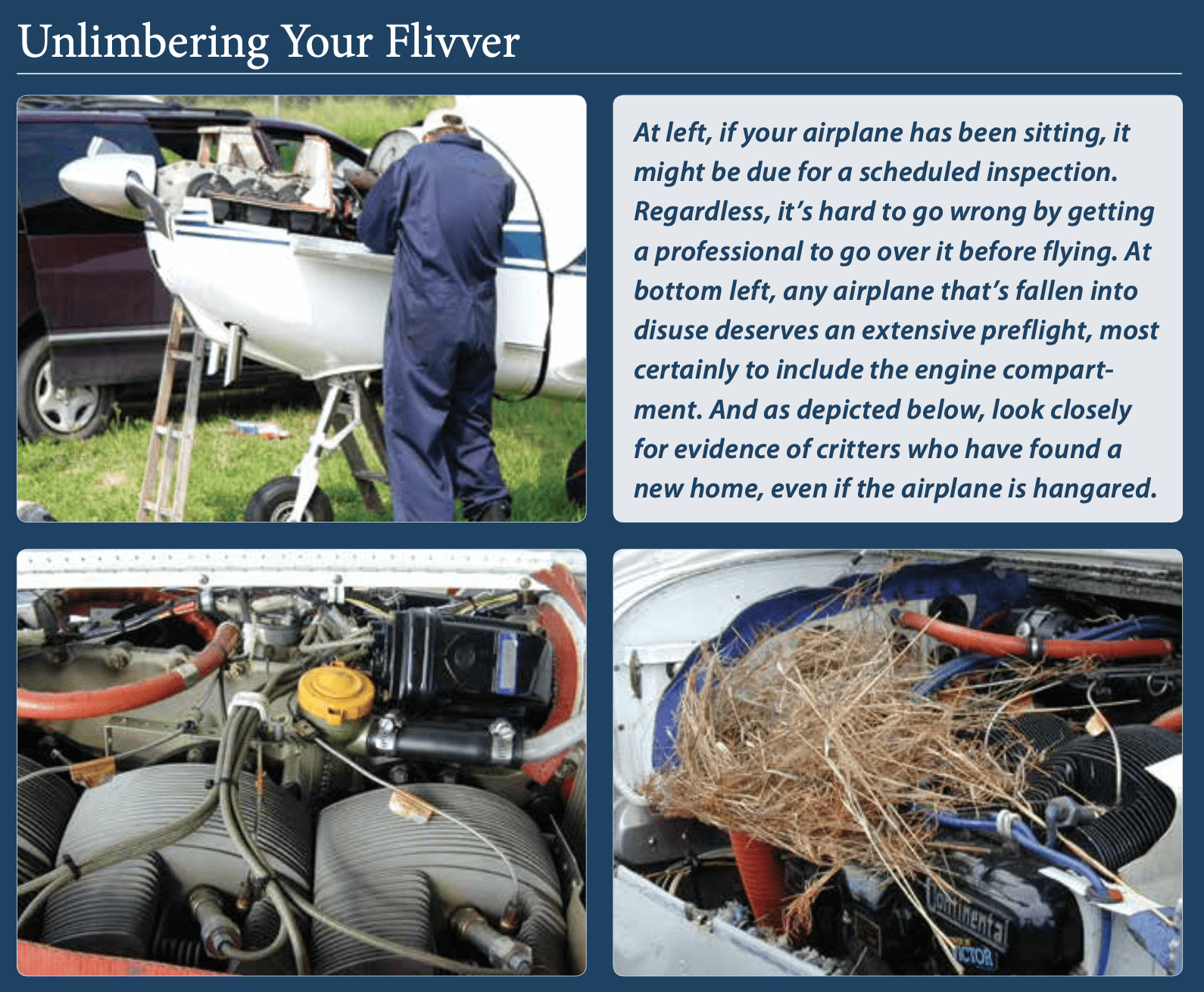
WHAT ABOUT THE AIRCRAFT?
We have all seen the postings on social media regarding the shape of the commercial aircraft fleet after several months in storage. As humorous as the signs may be, they reflect the need for caution in returning to our trusty general aviation steeds, perhaps also too long in mothballs or disuse.
Overall MRO (maintenance repair and overhaul) spending at the airlines has fallen by 45 percent during the pandemic. And one dilemma the airlines face is that, while they sidelined an unprecedented number of employees and aircraft, the future demand numbers are for over 260,000 new pilots and 600,000 new technicians in the next decade.
Which translates into a severe stress on resources available to general aviation, all the way from mechanics to instructors to raw materials needed to manufacture parts. Rust has been our only companion these long months of Covid, and he has gotten stronger as each month ticked by. Just ask your local A&P. They are booked solid and scheduled out for months here in Florida.
Some more anecdata: Wait times for relatively simple airframe and avionics work at many shops around the U.S. are widespread, seemingly thanks to two factors. One, some shops may not have returned to full staffing, and high demand for skilled technicians right now means some slots may go unfilled. Two, increased demand for shop time, both for routine service and upgrades, as pilots and their airplanes return to the air.
As one result, your airplane or the one on your favorite rental line may need some TLC. This translates into needing to exercise extra diligence in our inspections and walk-arounds, and it is vital we adhere to the required maintenance schedules…even if we might be facing long waits for time in our favorite shop.
The same is true for flight training. The sidebar on the opposite page highlights a June 2020 study by the Flight School Association of North America showing that only slightly more than half of the respondents were operating at their pre-pandemic capacity at the time.
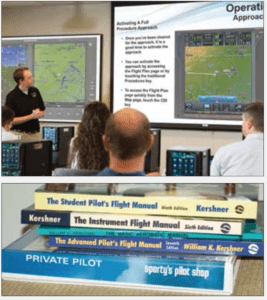
Since it’s still ongoing in the U.S. and, especially, overseas, it’s premature for a final assessment of how the Covid-19 pandemic affected any industry, much less flight training. But we do have some data from its height, thanks to a June 2020 survey conducted by the Flight School Association of North America (FSANA). The group received more than 150 responses from flight training providers. While we present some of the survey’s highlights, we look forward to a follow-up.
Closures
The FSANA survey found that 49.6 percent of respondents never closed. Thirty-five percent did, and 12.7 percent indicated they limited operations to solo/rental flying. Of the 35 percent of respondents who closed, only 40 percent were open at the time of the survey.
Return To Full Operation
At the time of the survey, only 27 percent of respondents said they were operating at or above 75 percent of previous levels. Slightly more than half—56 percent—indicated they were operating between 50-to-75 percent. About 30 percent responded by saying they were at less than 29 percent of previous operations. — J.B.
EASING BACK INTO IT
We have been locked down getting ready to take to the skies as soon as we feel it is safe. We have our pilot’s certificate burning a hole in our pockets as we boot up ForeFlight and plot our escape to the far reaches of the sky.
But wait. How long has it been since we practiced our approaches? Not just in the sim, but in the airplane, with our family beside us, making noise, fidgeting, asking if they can play their music on the system yet? We may need a few routine round-robins, execute some touch-and-goes, practice a few ILSes and RNAVs with our safety pilot in tow, rather than our nervous Aunt Nellie and her pet tarantula.
As we look at the strained resources in our industry needed to remove our rust, we have several options.
• Head to your flight training operation and sign up for some simulator time;
• Do a careful preflight plan, including a detailed weather brief and pick an easy VFR day for that first flight. Sunday mornings are good…traffic is usually light and morning air in most areas tends to be more stable;
• Using your checklist, do an obsessive preflight check. Especially in areas where critters might nest. Make sure you double check for fuel contamination even if you have had your plane refueled completely. Idle planes do the devil’s handiwork, and they will be bedevil you if you’re not into the fine details on your walk-around;
• Just get badly needed flight time, preferably with a safety pilot. Do pattern work, some lazy-eights, slow flight, power-on stalls, etc. The completion standards from your highest pilot certificate are a good metric for this exercise and will help you return to proficiency in an orderly fashion; and
• Take a few lessons to ensure your day VFR currency and proficiency before attempting to shoot approaches. Ask your double-I for a refresher on the three basic instrument approaches: ILS, VOR, and RNAV. Practice them diligently and until you can accomplish them to checkride standards. The towers that took out that F-16 landing gear won’t mind that you are in an SR22. They will eat your gear like it was a snack.
Finally, remember that legal currency is not real-world proficiency. Just because you are legal to fly doesn’t mean it’s a good idea. Many of us, of course, were fortunate to keep flying over the last 18 months, and may discount the need to scrape off a rust layer. But the same can’t be said for all pilots, and the guy or gal in the pattern with you may be struggling to find their groove again. Cut `em some slack.
Maggie Kruger is a semi-retired business executive and instrument-rated private pilot.

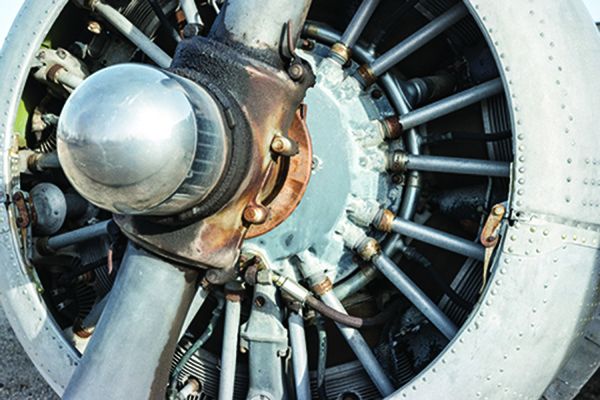



Nice, well written and received article by Maggie Kruger